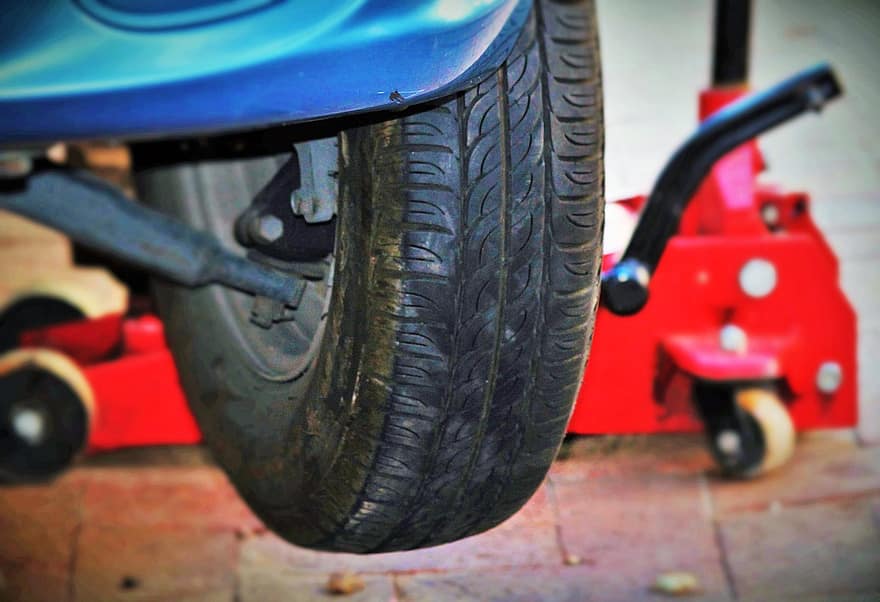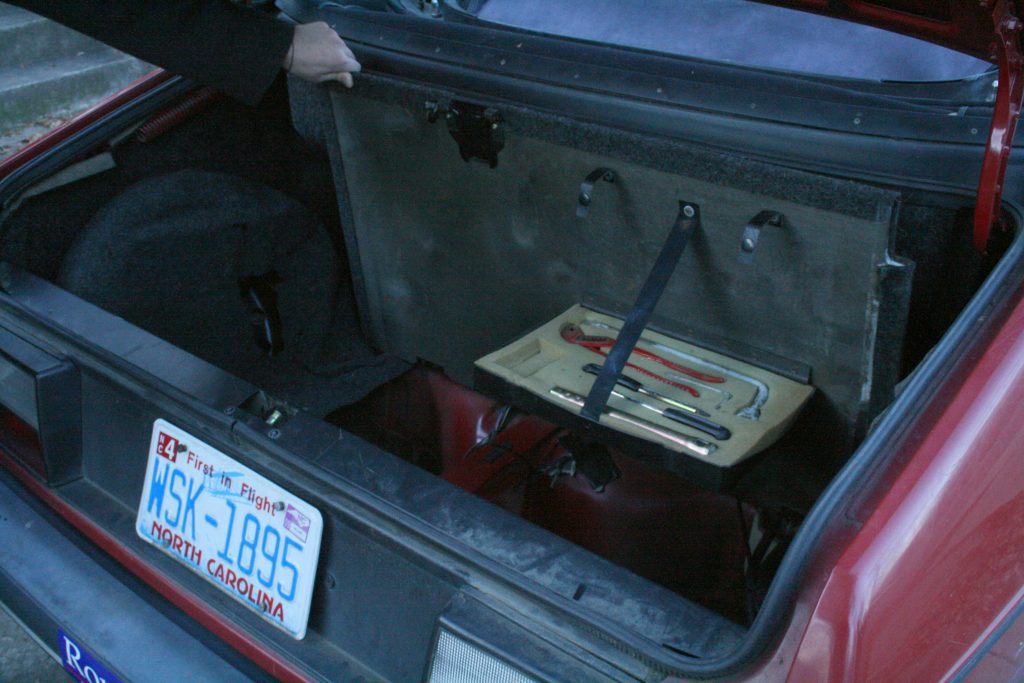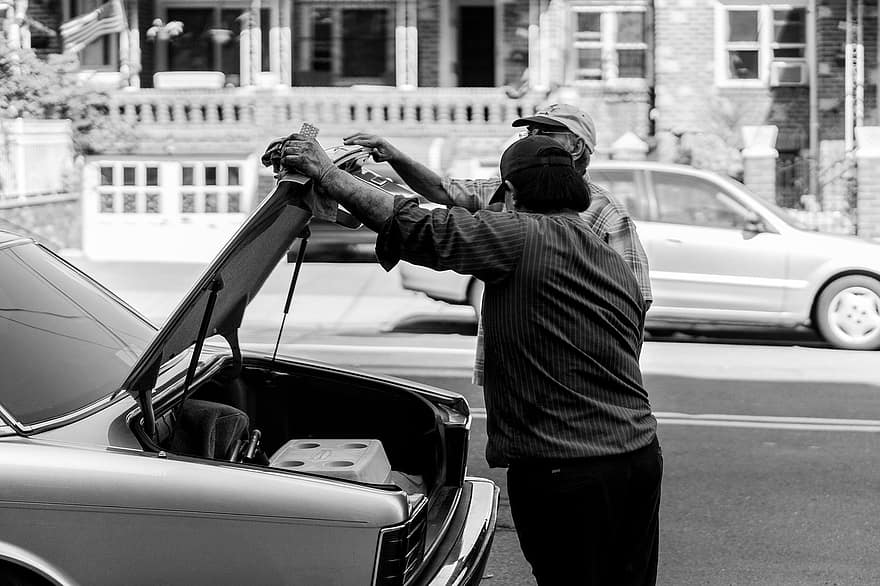Who hasn’t tried to open the hood after a roadside breakdown to see what’s wrong? In general, for lack of tools, the troubleshooting operation stops there.
Here are the essential tools you should always carry with you.
A jack to lift the car

After buying a used car, you may found yourself driving without a jack. In the case of a flat tire, you will have to call the tow truck, which will already cost a tire’s price.
You can therefore consider the purchase of a jack, which will cost you about thirty dollars. It is relatively simple to use, as long as the car is well secured. Just slide the jack under the vehicle at the car’s instruction manual’s location and turn the crank to lift.
Note: When checking the jack’s presence, take the opportunity to check the pressure of the spare tire, which is often neglected.
A long-handled wheel wrench
Usually, like the jack, the key to remove the wheels is present in the vehicle. It is also used to operate the jack.
However, the key provided with the vehicle is often insufficient if the wheels are very tight. When dismantling and reassembling the wheels, mechanics use special guns that overtighten the wheel bolts, making them very difficult to remove.
Investing in a long-handled wheel wrench is a wise precaution if you want to be able to disassemble a punctured wheel. For about fifteen dollars, you will have a lever arm to multiply your effort. In the worst case, you will still be able to climb on it or even jump or bang with a hammer to unlock a recalcitrant bolt.
A spark plug wrench

A car that stops that struggles to start… A check of the spark plugs is necessary; hence you will need a spark plug wrench.
When choosing your key, make sure it is suitable for your vehicle. Is it long enough? Some cars have deep spark plug wells. Test before you buy!
Good to know: having spare spark plugs with you is not a luxury. Please include them in the toolbox as well.
Screwdrivers
No need to bring fifty screwdrivers; four well-chosen ones will suffice. Bring two flat screwdrivers, one large and one medium, and two Phillips head screwdrivers. Manufacturers like to multiply the type of screws used to attach accessories or tighten clamps.
The best solution is to look at the screws used in your vehicle’s engine and plan the screwdrivers accordingly. Take a look at hose clamps: these are the ones you may have to remove at the roadside if a hose breaks.
A box of sockets

A small box of sockets with a ratchet wrench and its extension can be beneficial on the roadside! With sockets ranging from 8 to 17, you can disassemble three-quarters of your car’s engine parts.
The extension wrench is essential, as it will allow you to access poorly located, hard-to-reach nuts.
Please note: there are complete first price sets available at around $10, but their quality is mediocre. The ratchet breaks after five uses and does not withstand the tremendous efforts, such as those imposed by mechanics. It is better to invest in a branded set, which will last as long as several cars. Plan a budget of about $80 for quality equipment.
Rags
We don’t always think about it, but mechanic work is dirty! Nothing is more annoying than to find oneself with hands full of sludge, with a car ready to hit the road again.
Make sure you bring enough rags, as you may have to mop up oil or other fluids. Old cotton clothes that have been cut up will do the trick. Use several small cloths instead of one large one, which may get caught in some engine parts.
A vice pliers
It will be your third hand! This convenient tool allows you to apply constant pressure on a part thanks to a locking system. Thus, the vice pliers hold the damaged part in the desired position, leaving you with both hands to work on it.
Count about $40 for this tool, which can also be useful for home DIY.
Good to know: the use of the vice pliers is effortless. Tighten the pliers on the piece with the wheel, and block it with the cleat. The workpiece will not move.
With these few tools, you will be able to help yourself in many cases. Finally, the best way to prevent breakdowns is to have your vehicle serviced or maintained regularly.
You can read more on cars and vehicles here:

